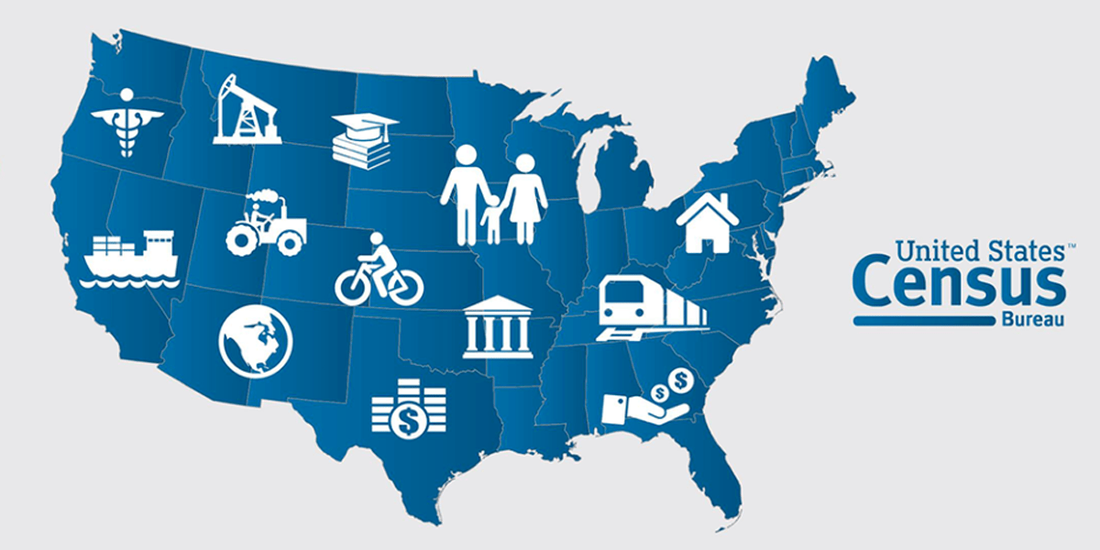 If you're interested in statistics, the US Census is a treasure trove of data you can dig into. Here are some resources to explore: https://www.census.gov/programs-surveys/sis.html Go here and click on your grade level https://www.census.gov/programs-surveys/sis/2020census/2020-resources/k-12.html Or go to high school level if you are feeling smart (you are!) https://www.census.gov/programs-surveys/sis/activities/grades-9-12.html Activities by Topic: Middle school History https://www.census.gov/programs-surveys/sis/activities/history.Grades_6-8.html Middle School Geography https://www.census.gov/programs-surveys/sis/activities/geography.Grades_6-8.html Middle School Math https://www.census.gov/programs-surveys/sis/activities/math.Grades_6-8.html
0 Comments
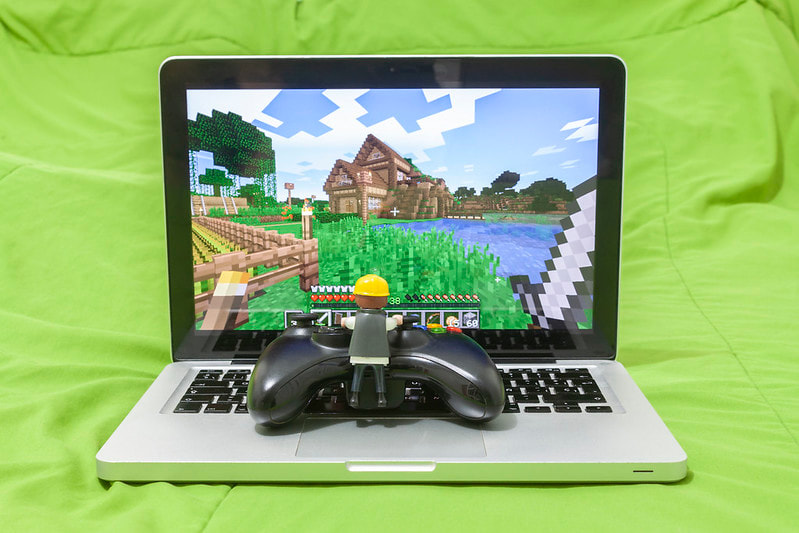 Please click on this link and complete the diagnostics. See me for your "unique identifier" (code name) Open your computer, Call up your monument you built last class for lesson one and we can share them. Battery Life tips: don't keep a lot of tabs open lower your brightness power your computer all the way down when you charge it at night. Girls Who Code at Piedmont.
Sign up now on Ms. Gurthie's Door or see Reva or Meghana in 8th grade.
Club Meeting Times 4:30-5:30 Location : in the innovation lab (media center) Transportation: Please arrange to have your rides meet you at the front of school at 5:30pm. Dates: September 16th (First Day of Club- must have signed up previously on ms. Gurthie's door. - September 23rd - September 30th - October 7th (possible no club) - October 14th - October 21st - November 4th - November 8th - November 25th - December 2nd - December 9th - December 16th - January 6th - January 13th - January 27th - February 10th (Possible Last Club Dates) More information
WHAT IS A GIRLS WHO CODE CLUB?
Girls Who Code Clubs are meant for girls to join our sisterhood of supportive peers and role models, and use Computer Science to change the world. When you join a Club, you will be able to learn from fun and simple online coding tutorials, build community through interactive activities, and learn about inspiring role models. You then work in teams to design and build a Girls Who Code Project that solves real world problems you care about through code! WHAT WILL I LEARN? Our middle and high school Clubs encourage you to impact your community in a positive way through code. In order to build the skills you need to make an impact, you will learn how to code from our fun online tutorials and activities that will help you build animations, games, apps, and other things that you dream up! We have tutorials in Scratch, Python, HTML/CSS, JavaScript, and in a block-based app development language called Thunkable. CAN I JOIN? Yes! Whether you’re a beginner or a computer master, you’re invited to join the movement! Sign up on Ms. Gurthie's door in the Media Center. 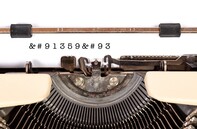 This post is for students taking virtual class via NCVPS. Please also read my other 6 tips for online success which includes video and advice from past NCVPS students. HOW TO GET STARTED
SUGGESTED DAILY ROUTINE
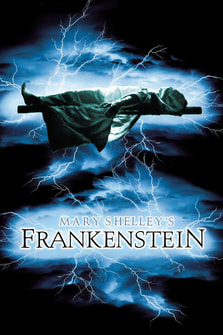 Inspired by our Big Hero 6-like mindflex game (which uses an eeg chip to run a motor), we were curious about the body electric* Our bodies are electric. in fact check out this great website by young neuroscientists that says "humans really are batteries, and the brain contains more than 80 billion of them. Even crazier is that each of these batteries contains four times the electrostatic force that normally results in lightning during a thunderstorm! Perhaps the Matrix was on to something when it decided to use us as its power source! " https://knowingneurons.com/2012/12/14/brain-battery/ More about moving things with our minds Telekenisis is a sham, but we can use our minds to move things this way https://www.theverge.com/2018/7/25/17611812/brain-controlled-robot-arm-supernumerary-bmi and https://futurism.com/mind-controlled-robotic-arm-johnny-matheny More about EEG An EEG measures brain waves. Mayo clinic says,"our brain cells communicate via electrical impulses and are active all the time, even when you're asleep. This activity shows up as wavy lines on an EEG recording." In fact epilepsy is a disorder of seisures caused by "bursts of electrical activity in your brain, sort of like an electrical storm" Literature moment: * Walt Whitman's poem did not originally use the word electric, as electricity was not well known so he added the term a few years later in a second edition. The poem derides slavery, reinforces equality of gender, race, and sex, and asks existential questions about what makes us "us". More about this topic: https://knowingneurons.com/2012/12/14/brain-battery/ https://www.inverse.com/article/49422-smart-devices-will-soon-tap-their-human-owners-to-extract-energy Related post, including videos to watch and a view inside a controller. http://piedmontpd.weebly.com/news-and-thoughts/big-hero-6-and-the-maker-movement Welcome to the MakerSpace Workroom for Curriculum Compacting
Why am I here? Congratulations! Based on your exemplary test scores, pretests, portfolio and/or other performance, your teacher has determined that you have already mastered the content the class is working on at this time. To keep you challenged, during your usual class time you will instead report to the Makerspace workroom for Curriculum Compacting. What will I do? Unless your teacher has sent you an assignment, that is up to you. The only rule is you must work on something interesting to you. How will I decide? Select one from the list of ideas below. You do NOT have to choose the same subject area as the class you are compacting out of. If you change your mind or encounter a glitch that prevents you from moving forward, you can select another one. Get Ms.Gurthie’s permission before working on a project idea, course, or site not listed below. What if I don’t finish my compacting during the time allotted? No problem! Just see how far you get at this time. You can come back and finish another week or decide to leave it and move on to something else next time. This is an option for you anytime you prove advanced mastery on a topic your class is studying. Is there a grade or test? Compacting is advanced exploration so it is not graded, you have already shown mastery for a grade but you will complete an evaluation on the last day showing and/or telling your teacher what you worked on and what you learned. Compacting Choices:
These black hole resources are for my compacting students, and all who are interested in them. 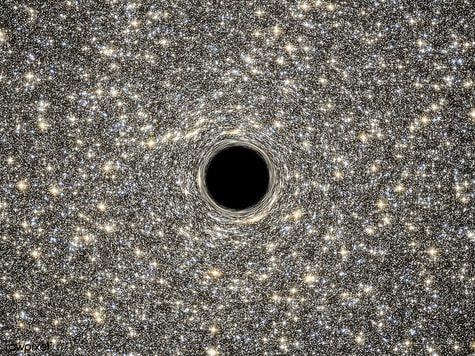 First, let's think size, with the coolest interactive, now a classic with The Scale of the Universe Now a little background with Black Hole Basics Where do you want to go from here? Choose a topic and follow your interest. You can go down a internet rabbit hole of black hole info by following links from the background article above, watch some educational videos to learn more about black hole science, or create something yourself (but not a black hole, sorry, see me to brainstorm other ideas) Join Now but Do not make a Trade until 3:45 pm Be part of the Piedmont Bulls and bears Stock Market Game
Prizes to the top student winners! https://www.youtube.com/watch?v=F3QpgXBtDeo, https://www.youtube.com/watch?v=xkH-vR2IR_E Piedmont's Stock Market and Ethical Investing clubWelcome students!
Often students say they wish they learned more real world skills in school. We are lucky to have with us financial expert JD Doliner with us for this club. She will help you understand that this image above is a bit misleading as there is more to successful investing than $$$$$ She will run the meetings of the Piedmont Bulls and Bears like a real board meeting and teach us the basics to get started and you will get to try your hand at financial investing. Today's agenda 1st Bulls and Bears Club Board Meeting Agenda Genetics
Simulation: Go to this Link and click "view" to learn the basic steps of Polymerase Chain Reaction http://www.teachersdomain.org/resource/biot09.biotech.app.pcr/ learn the basic steps of polymerase chain reaction (PCR), a technique used to produce short sections of DNA for analysis. In this technique, various components are combined in a microfuge tube and heated in a thermal cycler. The activity details the process, which results in thousands of identical copies of a DNA fragment. Note: The activity provides a simulation of the process. The characterizations of depicted components and their behaviors should not be taken literally. http://www.nclark.net/Genetics http://www.science-class.net/Biology/Genetics.htm Advanced work: http://biology.arizona.edu/sciconn/lessons2/alongi/lesson4.html Forensics http://www.discoveryeducation.com/teachers/free-lesson-plans/forensic-detectives-who-did-it.cfm http://sciencespot.net/Pages/classforsci.html http://www.pbs.org/teachers/thismonth/forensics/index3.html |
Archives
November 2019
AuthorThis is Ms. Gurthie's place for students at Piedmont and elsewhere to find resources to fuel their passions. Besides making fun lesson ideas for teachers, I wanted this space to provide PD for students too! Categories
All
|
Photos from HikingArtist.com, Leonidas-from-XIV, verchmarco, Ungry Young Man, final gather, Roel Cayas, download.net.pl, Alex Lupo, Roel Cayas, schizoform, IGypsyWoman, chris favero, Roel Cayas, Gamaliel E. M., Celestine Chua, kjarrett, aulbarnes08, Didi auf Tour, JoanDragonfly, Arch_Sam, jillyspoon, storebukkebruse, bennettscience, Free Public Domain Illustrations by rawpixel, Sonia Goyal Jaipur, marcopako , cudmore, anokarina, Dick Thomas Johnson, syvwlch

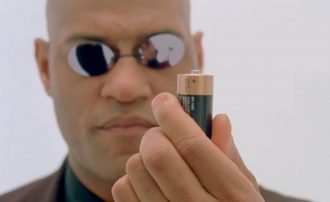




 RSS Feed
RSS Feed
